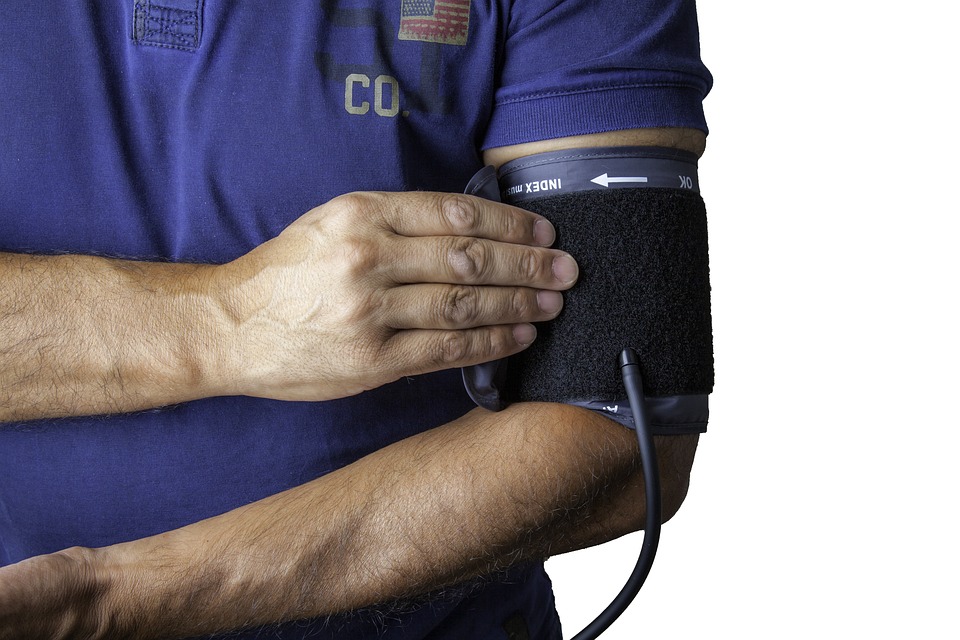In today’s fast-paced and often chaotic world, many individuals are seeking alternatives to traditional medicine, looking for ways to heal that address the entirety of the individual rather than just isolated symptoms. Holistic healing offers a comprehensive approach that recognizes the interconnectedness of the body, mind, and spirit, fostering an innate ability to heal and achieve overall well-being. This article serves as a guide to understanding holistic healing, its methods, and its benefits.
What is Holistic Healing?
Holistic healing is a paradigm of health care that focuses not just on the physical manifestations of illnesses but also on the psychological, emotional, and spiritual dimensions of a person. It operates on the principle that optimal health is achieved when all aspects of one’s life are in harmony.
Unlike conventional medicine, which typically concentrates on treating specific symptoms or ailments primarily through pharmaceutical means, holistic healing seeks to understand the underlying causes of health issues. Practitioners of holistic healing believe that by working to restore balance in the body, mind, and spirit, individuals can experience enhanced well-being and a higher quality of life.
The Core Components of Holistic Healing
-
Body: The physical aspect of holistic healing involves understanding the body as a complex system that must be nurtured and balanced. This includes proper nutrition, regular exercise, adequate sleep, and physical therapies. Practices like acupuncture, chiropractic care, and massage therapy can help alleviate pain and improve physical function.
-
Mind: The mind influences emotions, thoughts, and beliefs, which are crucial to one’s overall health. Stress, anxiety, and negative thought patterns can exacerbate physical ailments. Techniques such as mindfulness, cognitive behavioral therapy, and meditation are often employed in holistic practices to cultivate mental resilience and emotional balance.
- Spirit: The spiritual dimension can differ from person to person and may include religious beliefs, a sense of connection with nature, or a feeling of purpose in life. Holistic healing emphasizes spiritual well-being as crucial to overall health. Practices such as yoga, meditation, and breathwork can help individuals connect with their inner selves and cultivate a sense of peace and fulfillment.
Methods of Holistic Healing
Holistic healing encompasses a wide variety of practices and modalities. Some of the most popular include:
-
Massage Therapy: Aimed at relieving muscle tension and promoting relaxation, massage therapy can also support mental clarity and emotional release.
-
Yoga: This ancient practice of mind-body connection fosters physical strength, flexibility, and emotional balance through various postures, breathing exercises, and meditation.
-
Nutrition and Dietary Changes: A well-balanced diet rich in whole foods, including fruits, vegetables, lean proteins, and healthy fats, supports physical and mental health.
-
Herbal Medicine: Utilizing the healing properties of plants, herbal remedies can support nearly every aspect of health, from digestion to sleep.
-
Meditation and Mindfulness: These practices help clear the mind, reduce stress, and enhance self-awareness, contributing to both mental clarity and emotional stability.
- Energy Healing: Techniques like Reiki and acupuncture aim to balance the body’s energy systems, facilitating healing and promoting a sense of well-being.
Benefits of Holistic Healing
Engaging in holistic healing can lead to numerous benefits, including:
-
Comprehensive Health: By addressing the root causes of health issues rather than just the symptoms, individuals often experience more profound and long-lasting changes.
-
Improved Mental Clarity: Practices like meditation and mindfulness help to reduce stress and anxiety, leading to improved focus and a more positive outlook on life.
-
Enhanced Well-Being: Individuals often report an increased sense of peace, fulfillment, and connection to themselves and the world around them.
- Empowerment: Holistic healing encourages individuals to take an active role in their health, fostering self-awareness and responsibility for one’s wellness journey.
Getting Started with Holistic Healing
If you’re interested in exploring holistic healing, consider the following steps:
-
Assess Your Needs: Reflect on your physical, mental, and spiritual health. Identify areas where you feel out of balance or may need support.
-
Explore Different Modalities: Research various holistic practices and consider which resonate with you. You might start with yoga classes, meditation sessions, or consultations with holistic health practitioners.
-
Be Open to Change: Embracing holistic healing often requires a willingness to adapt your lifestyle, including dietary changes, stress management techniques, and self-care rituals.
-
Seek Guidance: If you’re new to holistic healing, consider working with a trained professional, such as a holistic health coach, nutritionist, or therapist, who can guide you on your journey.
- Cultivate Patience: Healing is a process that takes time. Be patient with yourself as you explore new paths and allow for gradual changes in your well-being.
Conclusion
Holistic healing offers a transformative approach to health by integrating the body, mind, and spirit. By recognizing the interconnectedness of these elements, individuals can cultivate balance and experience a deeper sense of well-being. With an array of effective practices and a focus on comprehensive care, holistic healing invites us to nurture all facets of ourselves and embark on a journey toward lasting health and fulfillment. Whether you’re addressing specific health issues or simply seeking greater harmony in your life, embracing holistic healing can be a rewarding step toward achieving your goals.




